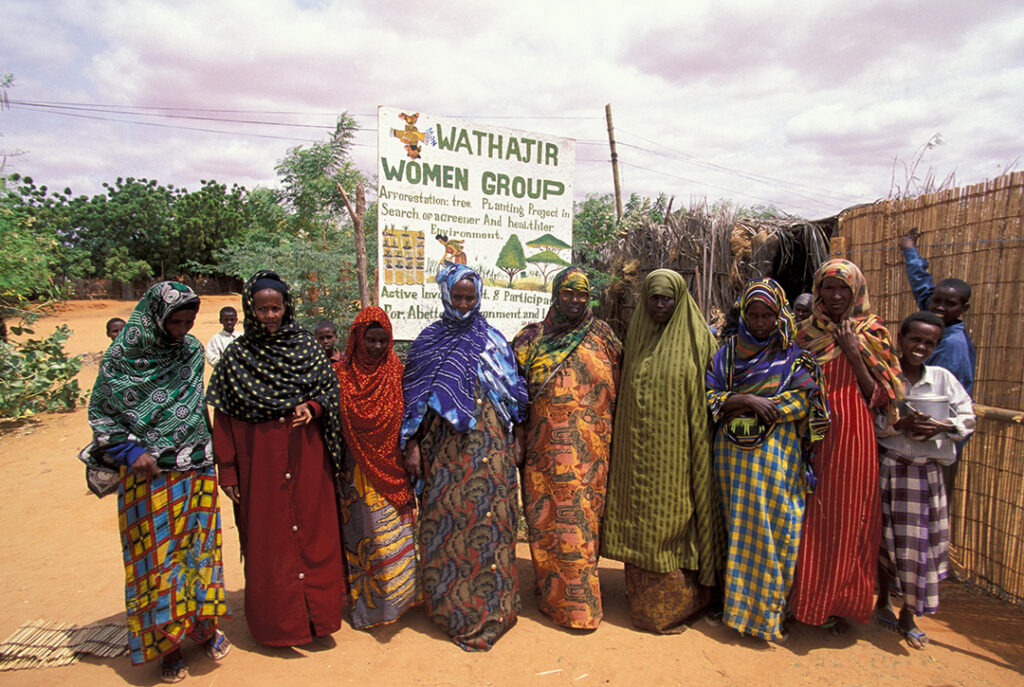In a continent brimming with conflict, Kenya stands as an example of effective peacebuilding. Borne of its own past struggles with violence, Kenya adopted a decentralized approach that focuses on community participation.
It was so successful that the government institutionalized and still helps to maintain local peace committees (LPCs) today. Experts say there are valuable lessons for other countries to learn.
“Kenya has been praised as a model for the world when it comes to peacebuilding efforts to manage outbreaks of violence within its borders. The country has systematically put in place a peacebuilding architecture rooted in a history of local peace initiatives,” University of Oslo researchers Leonor Oliveira Toscano, Jana Krause and Marika Miner wrote in a June 16 article for The Conversation Africa website.
In the early 1990s, a group of women in Wajir county in northeastern Kenya was fed up with widespread violent conflict. During that period, thousands of people were killed, wounded, robbed and raped. Violence begat violence, and a circle of conflict and revenge took hold.
In 1995, the women created the Wajir Peace and Development Committee and began to resolve and dismantle disputes one by one. The committee’s legacy stands today in Kenya as one of community-driven peacebuilding that led directly to significant development gains in Wajir county. Similar efforts followed in the North Eastern, Upper Eastern, Coastal and North Rift regions in the 1990s.
In 2010, Kenyans voted in overwhelming numbers for a new constitution that decentralized the government, establishing 47 county governments. Peace committees became a key part of the country’s peacebuilding architecture.
“The expanded Kenyan local peace committee program has led to formal negotiated peace agreements and declarations between pastoral tribes,” the United Nations Development Program wrote in a 2011 report. “The LPCs have successfully applied features of the local traditional justice system to cases of inter-ethnic conflict and have facilitated engagement between the Kenyan government and marginalized communities.”
Conducting informal surveys in small Kenyan communities and analyzing statistics from the Armed Conflict Location & Event Data project, the University of Oslo researchers say peace committees in Kenya have proved their ability to adapt and remain relevant while facing communal grievances, resolving disputes and sharing information with pertinent government institutions.
One of the most important lessons for African countries in the grips of violent insurgencies is how peace committees have shown they can be effective in countering extremism and terrorism.
“Local peacebuilding can build social resilience against recurrent communal violence,” the researchers wrote. “Peacebuilding interventions grounded in local realities are also vital for countering insurgent violence.”
Today, there are 99 local peace committees, according to Kenya’s National Steering Committee on peacebuilding and conflict management. They play many roles that include conflict early warning, overseeing peace agreements, destroying weapons, documenting peace processes and networking with other groups across the country.
The committees have grown in capacity, introducing a rapid response framework and conflict mapping and analysis.
“The system that’s been built has the capacity to connect a wide variety of peacebuilding actors — both state and non-state, formal and informal — at all levels of society,” the researchers wrote. “This helps resolve conflict and build resilience.”

